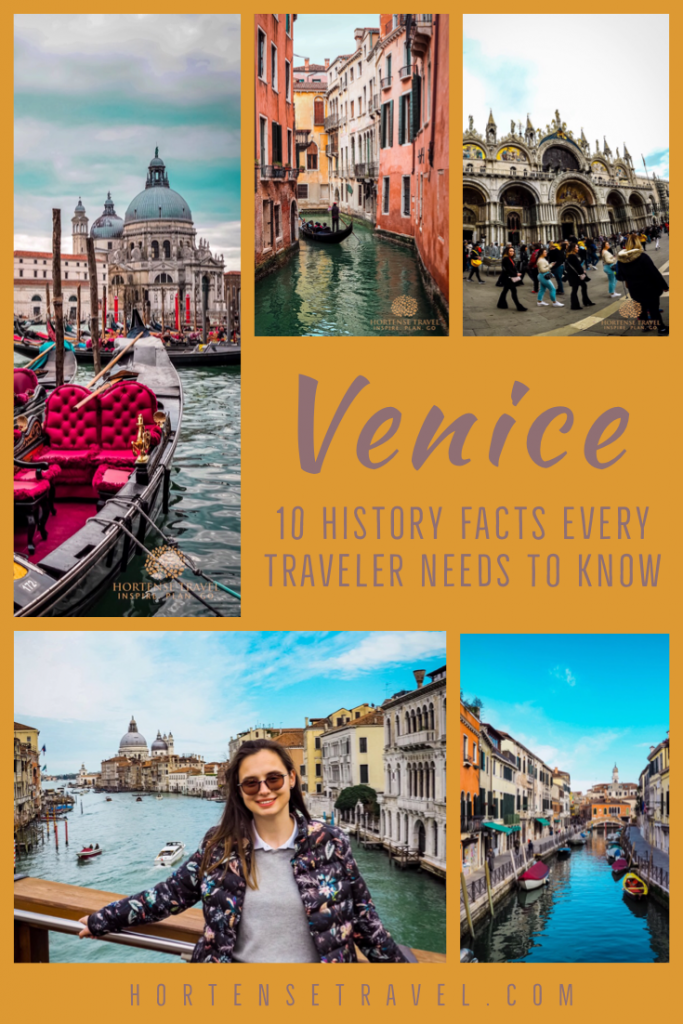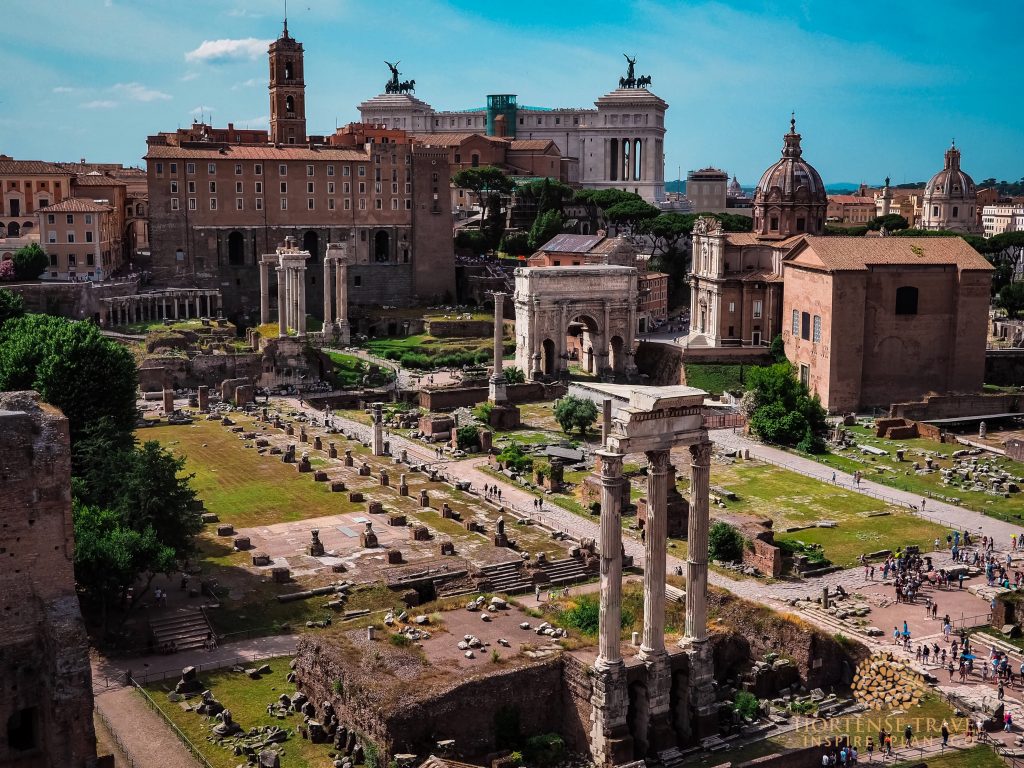
With its amazing architecture, delicious cuisine and romantic atmosphere, it is not hard to see why Venice is one of the most beloved places in Italy. It is also a city steeped in history, some of it evident in the buildings and culture all around, some of it lost through the passage of time.
Knowing the history of a city can hugely enhance your trip, giving you a greater understanding of your surroundings and helping you to appreciate how the city has evolved to become the place it is today. Venice history is fascinating, and knowing some basic facts will make you enjoy your vacation there even more.
Here’s A Guide to Venice History Facts Every Traveler Needs to Know.
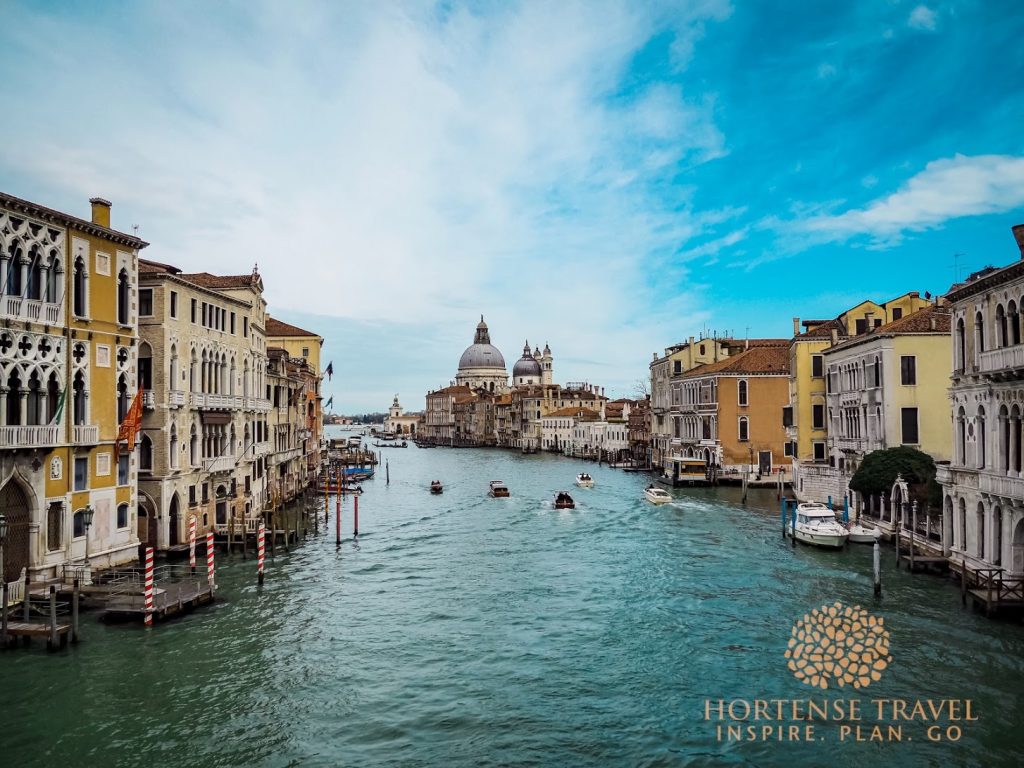
1. No one really knows when it was founded
There is no firm evidence as to when Venice was founded. However, what documentation there is suggests that the city was founded by refugees during the Roman era. During this time, the country was subjected to a number of attacks from Germanic and Hun tribes, particularly in the cities of Padua and Treviso, meaning the citizens had to flee and make homes elsewhere.
A possible year of the foundation of Venice is 421 AD, when the Church of San Giacomo di Rialto was built. Whenever the city was founded, it is known that Venice history goes back for at least one-and-a-half- millennia.
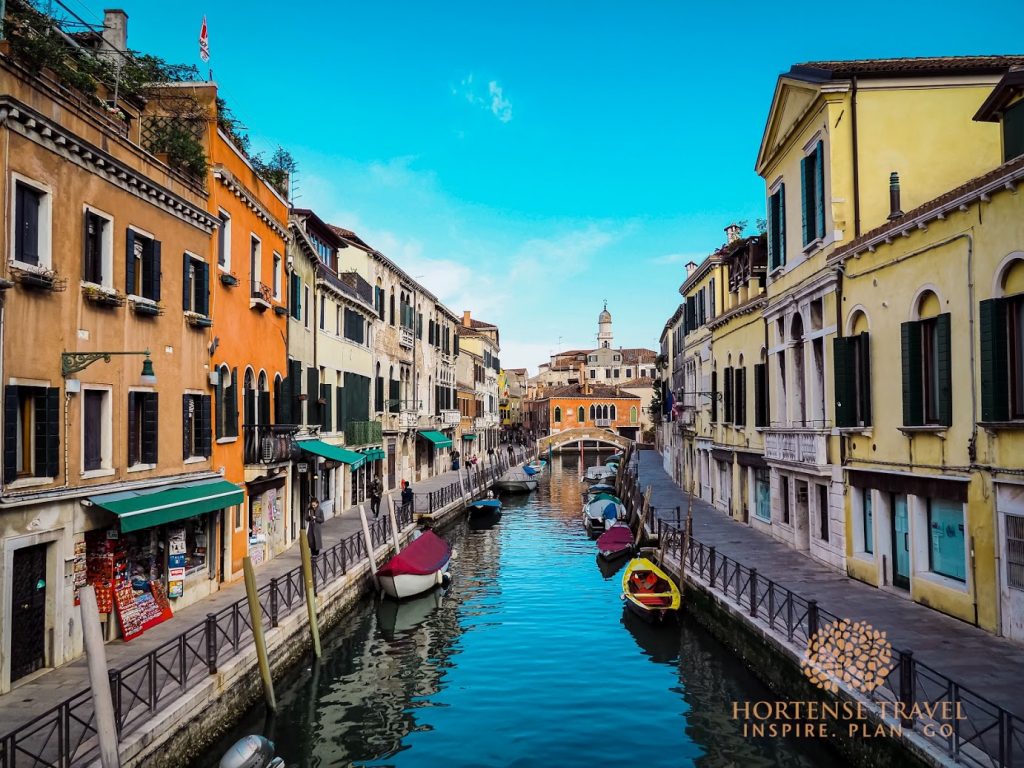
2. It used to be its own country
The Italy that we know today is a relatively young country, only forming in March 1861. Prior to that, various parts of the country were passed between different Empires and countries. The Republic of Venice – which existed from 697 AD to 1797 AD – was one of these Empires and controlled significant parts of the Adriatic and the eastern Mediterranean, including Istria, Dalmatia, and areas of Turkey, Greece and Cyprus.
It garnered the majority of its wealth and power through trade and negotiation – its trade routes spanned across two continents right up to India and China – although many fortresses and other protective structures were built to protect the country’s interests; some of these strongholds can still be seen in Croatia and Greece, such as the Assos Fortress in Kefalonia.
However, during the latter centuries of the Republic of Venice, various wars began to break about between the different Empires and other states, particularly the Ottoman Empire which Venice duelled with for the best part of two centuries. By the penultimate year of the existence of the Republic of Venice, the country’s war fleet had been decimated to only four galleys and seven galliots.
Venice eventually fell to Napoleon’s army in 1797 during the French Revolutionary Wars, a consequence of the French Revolution.
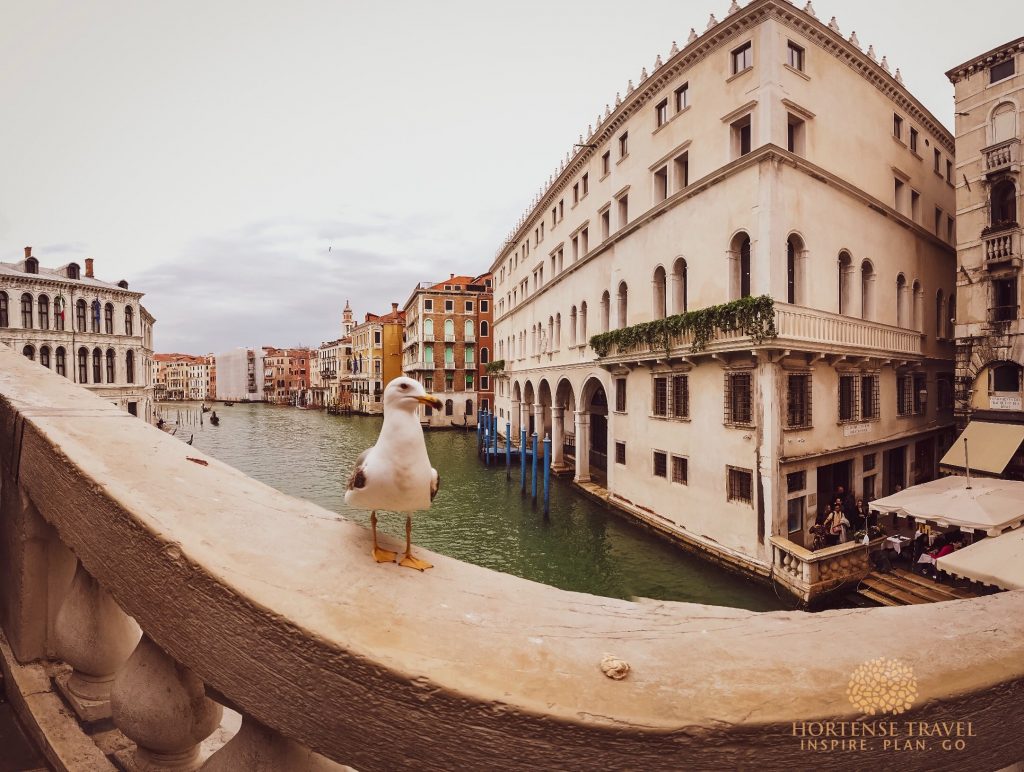
3. It was ruled by Dogi for over 1,000 years
A doge was an elected ruler during the Medieval and Renaissance periods who acted as the chief in state, very much like the presidents and prime ministers of the modern era. While many Italian city-states were ruled by dogi, including the Republic of Venice’s main rival Genoa, Venice was one of the first.
In fact, the word doge comes from the Venetian dialect; along with the related words of duce and Duke, from Italian and English respectively, doge derives from the Latin word dux, meaning leader.
Dogi were chosen by a committee of 41 men (in the 12th century, this number was 40) chosen by four men selected by the Great Council of Venice, which itself was decided upon every year by 12 people. Dogi usually ruled for life, although there were some instances where the present doge was forcibly removed from office.
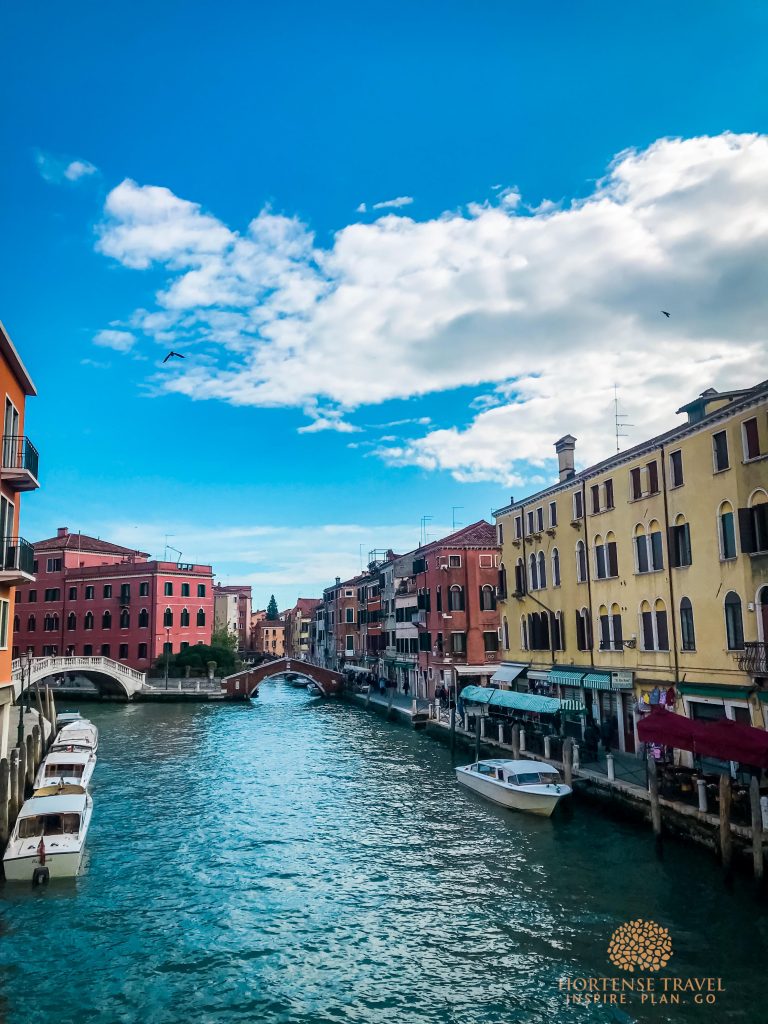
4. The first woman to graduate from university with a doctoral degree was from Venice
Born the illegitimate child of a nobleman and a peasant in 1646 in Venice, Elena Piscopia was barred from noble privilege on the basis that her parents were not married at the time of her birth; they later went on to marry in 1654. Despite this, Piscopia was well-educated and known to be a child prodigy, excelling in a number of subjects.
She was proficient in French, Spanish, Latin, and Greek by the age of seven and mastered a variety of musical instruments. She was also keenly interested in physics, astronomy, and linguistics. Throughout her career, she translated many texts and was invited to join a number of scholarly societies.
Though many tried to prevent her from achieving such a goal, she eventually gained her doctorate degree in Philosophy from the University of Padua in 1678, becoming the first female to do so.
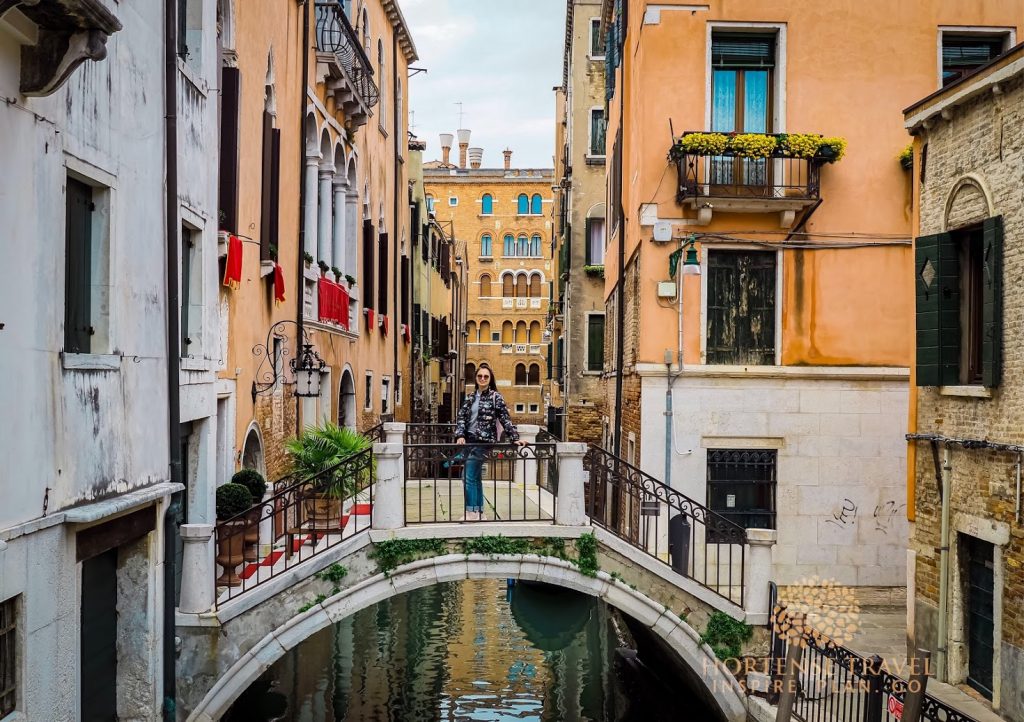
5. Carnival masks have a dark history
Nowadays, Carnevale di Venezia – better known in the English-speaking world as the Carnival of Venice – is an extremely popular festivity among both locals and tourists. Initially held to celebrate a victory of the Republic of Venice over the Patriarch of Aquileia back in the 12th century, the Carnival now coincides with the religious celebration of Easter, ending at the beginning of Lent.
The main thing which the Carnival is most famous for is its decorative masks. There are many theories as to how these masks originated, but one of the most popular beliefs is that they spawned out of the Medico della Peste. As the name suggests, these masks, with their creepy beak-like faces, were worn by plague doctors during the Black Death to prevent them from catching the disease.
The mask itself is said to have originated in 17th century France, but once it reached Venice it is believed to have been the inspiration for the Carnival masks we see today and which have become a huge part of Venice history.
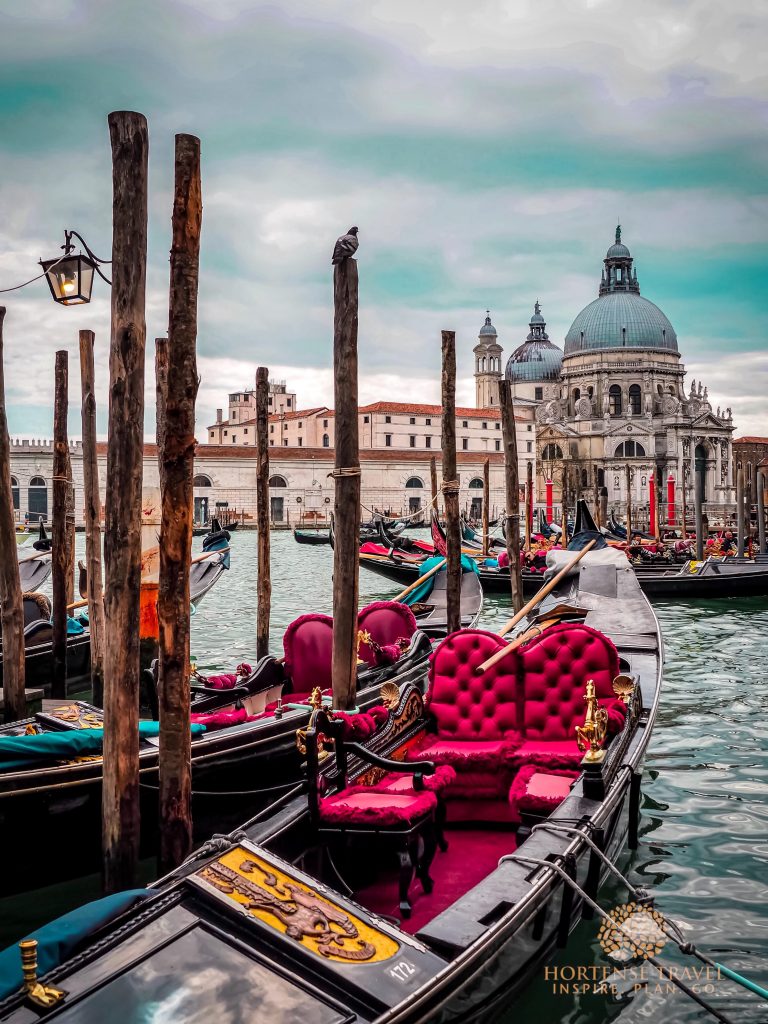
6. Giacomo Casanova was a real person
The world’s most famous lothario, Giacomo Casanova, might seem the stuff of legend, but he actually existed and was in fact born in what was then the Republic of Venice. An incredibly intelligent child, he entered the University of Padua at the age of 12 and graduated at the age of 17 with a degree in law.
However, while at university he began to pick up what would become a destructive habit – gambling – which would see him land in prison for debt. Over the years he made his way around Europe, taking the many lovers he is now known worldwide for, scamming numerous people and ending up in prison again.
He was also exiled from his beloved Venice twice: once after he broke out of prison, the other when he wrote a vicious satire about Venetian nobility. The older he got, the wilder his schemes became, particularly his money-making ones, and he won and lost many fortunes.
Regardless of what you think of Casanova and his colorful life, he has gone down in Venice history as one of the city’s most famous figures.
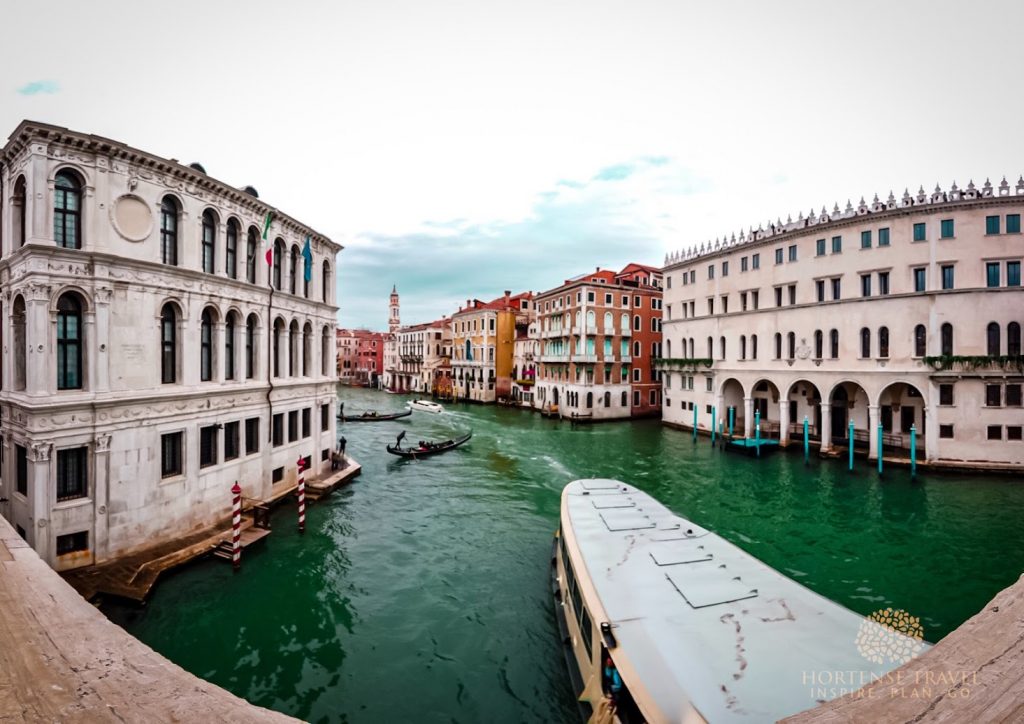
7. It is the birthplace of many other important historical figures
Giacomo Casanova is not the only famous face to have been born in Venice. Over the centuries the city has produced many fine citizens across a wide variety of fields, particularly the arts.
Perhaps Venice’s most famous citizen is Marco Polo. Born in 1254, Polo was an explorer, merchant, and writer who is mostly noted for his exploration of the Silk Road route. While Polo certainly was not the first European to make it all the way to China, he was the first to put his experience down in writing in his book The Travels of Marco Polo. As well as China, the book also covered his travels in India, Japan, and other Asian countries.
Fans of classical music probably know that the world-famous composer Antonio Vivaldi was born in Venice and spent much of his life in the city. Regarded as one of the best Baroque composers that ever lived, he wrote an astonishing number of works, including concertos and operas. He is best-known for his series of violin concertos entitled the Four Seasons.
However, Vivaldi was not just a composer. He also worked as a Catholic priest for a number of years, including at the Ospedale della Pieta, a home for abandoned children; many of his works were composed specifically for the all-female music ensemble there.
During his career, he was commissioned by the royalty and nobility of the day and was an extremely sought-after composer. However, towards the end of his life his work was considered to be outdated and he decided – for reasons unknown – to make the move from Venice to Vienna, where he died in poverty.
Other notable Venetians over the course of history include: Carlo Goldoni, the William Shakespeare of Venice; Tintoretto, a 16th century painter whose works still hang in many famous buildings in Venice, including the Doge’s Palace; and Giovanni Bellini, the best-known of all the Bellini family of Venetian painters.
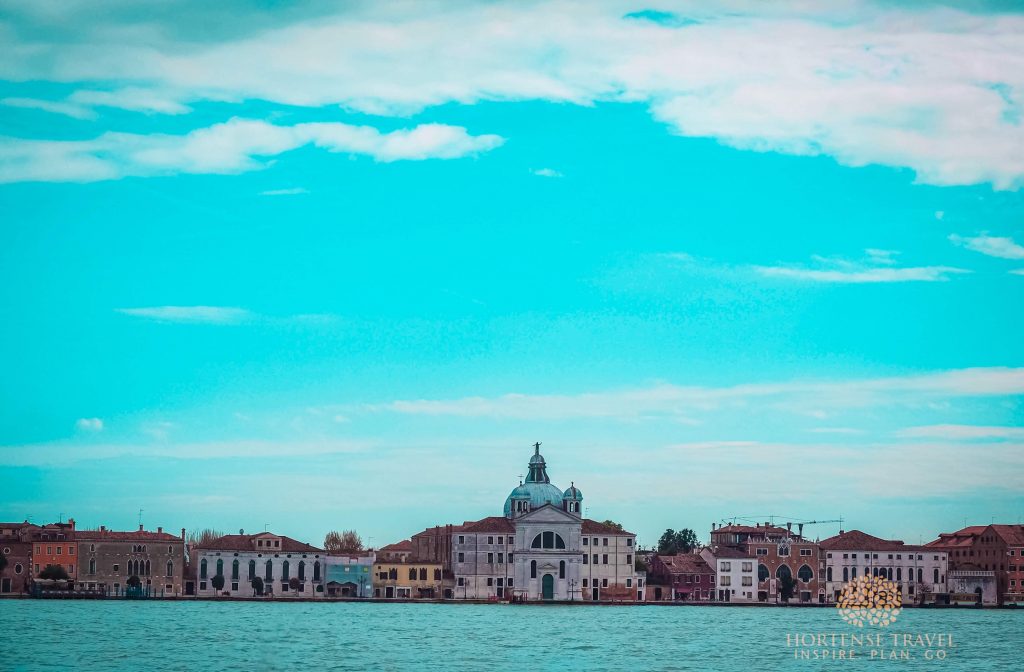
8. The Italian word ciao originated here
One of the most recognisable words in the Italian languages for non-native speakers is the word ciao. But did you know that the word is actually Venetian in origin? Initially, the full expression was s-ciavo vostro, translating as ‘your slave’. Its meaning was not directly connected with slavery; it was more a promise of good will between friends, sort of like ‘at your service’ in the English language.
Over the years, the full expression became s-ciavo before being shortened even further to ciao. By the early 20th century the word had been adopted by other North Italian citizens before spreading out throughout the whole country.
Nowadays, ciao is not just used in the Italian language. Ernest Hemingway is credited with bringing the word into general usage in the English language through his novel A Farewell to Arms. The word also exists in a variety in forms in languages across the world, including Czech, Bosnian and Japanese.
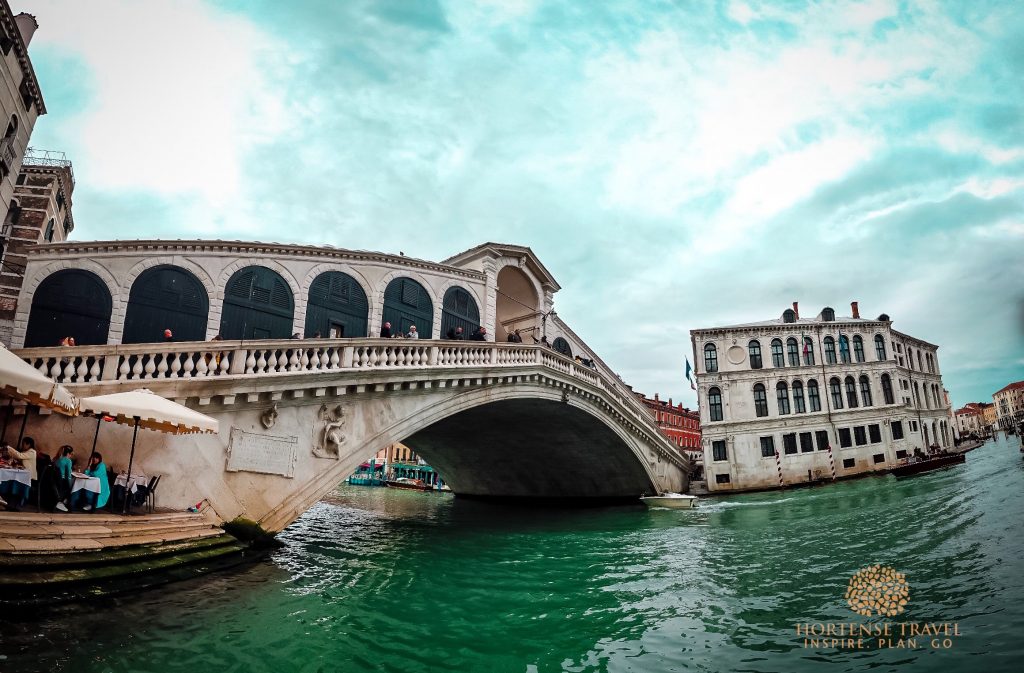
9. The Basilica di San Marco has not been a cathedral for that long
Of all the Venice history facts that there are, you would expect that one of them would be that the Basilica di San Marco – Venice’s most famous church – has long been the cathedral of Venice. However, this is not true, despite its grand age. A church bearing the name of Saint Mark has been on that spot for well over 1,000 years – since 828, in fact.
The building we see today, however, was not completed until 1092. For many centuries it served as a church as well as the doge’s chapel; the cathedral of the city was San Pietro di Castello. San Pietro held this position until the year 1807, when the Basilica di San Marco was finally given that title.
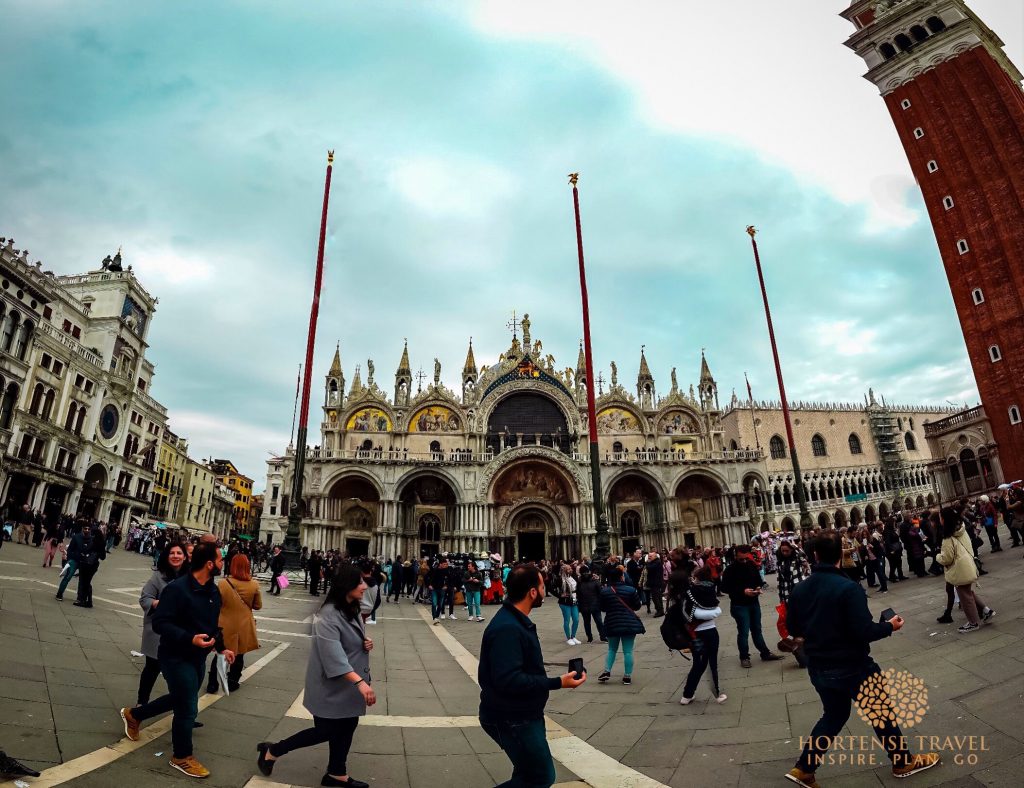
10. Venice did not get its first female gondolier until 2010
Along with the Basilica di San Marco, the canals and Carnival masks, another one of Venice’s iconic symbols is the gondola. This traditional flat-bottomed Venetian rowing boat has existed in the city since the 11th century. Traditionally the profession of gondolier was passed down from father to son and it stayed this way for ten centuries.
Nowadays one must pass an incredibly difficult exam; it is so difficult that only three or four licenses are granted each year. The applicant must complete 400 hours of training as well as pass an exam concerning Venice history and landmarks. Going through this arduous test is worth it if you become a gondolier; gondoliers can potentially earn a salary of around €100,000.
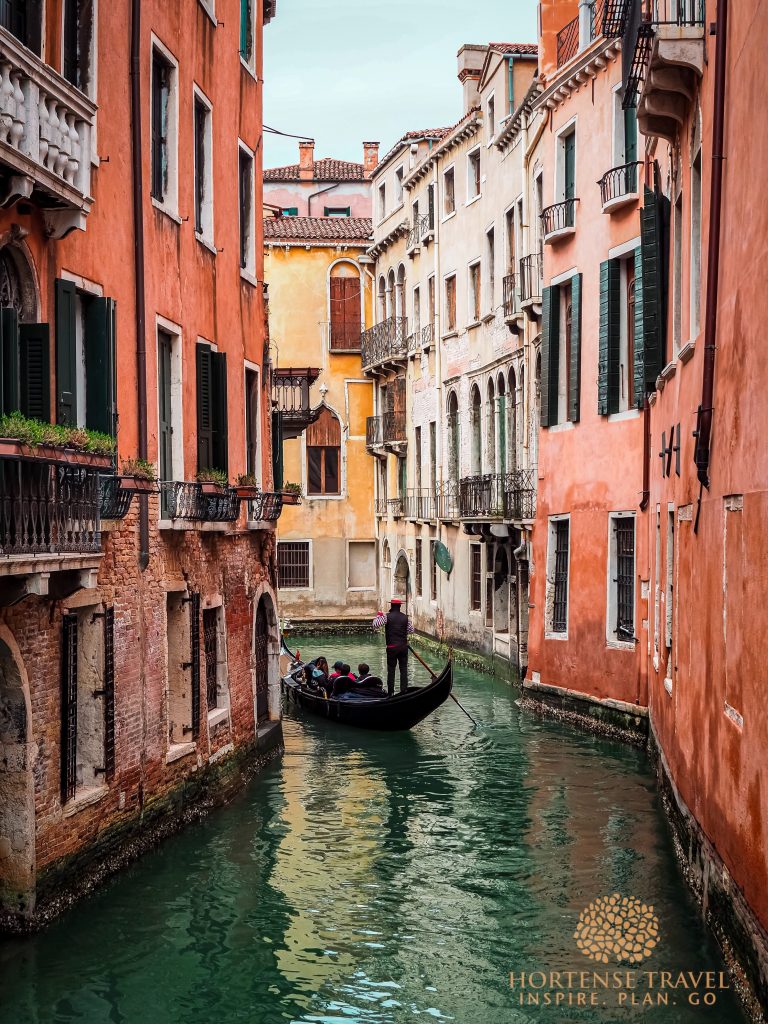
If you visit Venice and decide to take a gondola ride, you will more than likely have a male gondolier. This is because there is only one female gondolier in the entire city. It may seem strange considering our enlightened times, but Giorgia Boscolo, the daughter of a gondolier, was the first woman to pass the exam in 2010.
While Giorgia Boscolo may have gone down in Venice history as the first female gondolier, subsequent generations may come to find this as one of the more obscure Venice history facts if more female gondoliers make the grade.
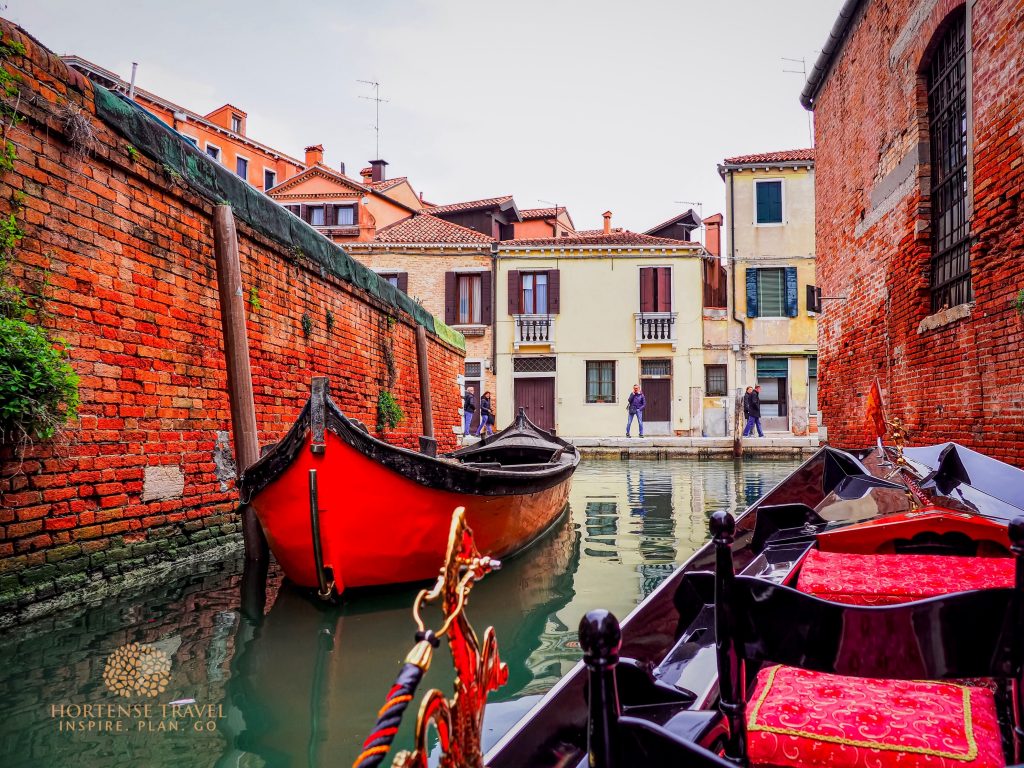
Another of the intriguing Venice history facts regarding gondolas is about their color. By law, all gondolas must be painted black. Prior to the law, the owners of the gondolas decorated them as extravagantly as they could in a bid to attract customers. This put the richest noblemen at an advantage, so the law was brought in.
These are just some of the interesting Venice history facts but if you’d like to experience more of Venice’s curiosities why not take a walking tour.
Venice is such a wonderful city that you are guaranteed to have a trip of a lifetime. And with these interesting Venice history facts, you will also be able to wow locals with your fantastic knowledge of the city!
If you’d like to visit Venice together with other Italian wonders, let me know and I can help you organize an amazing trip.
